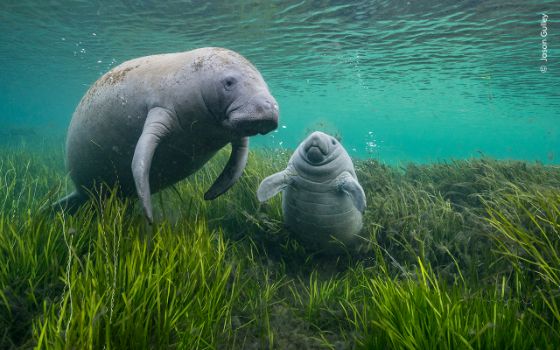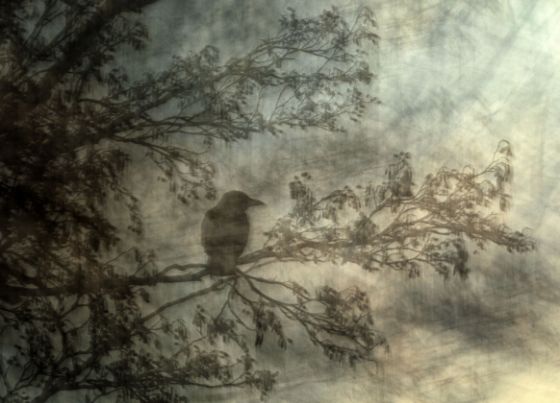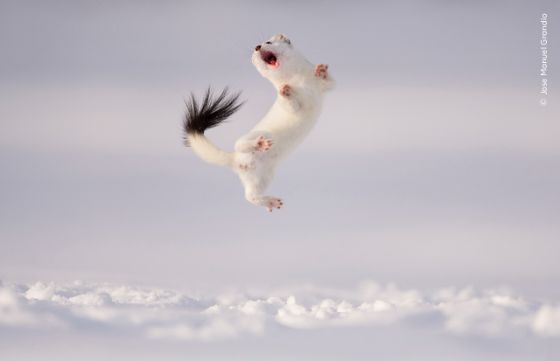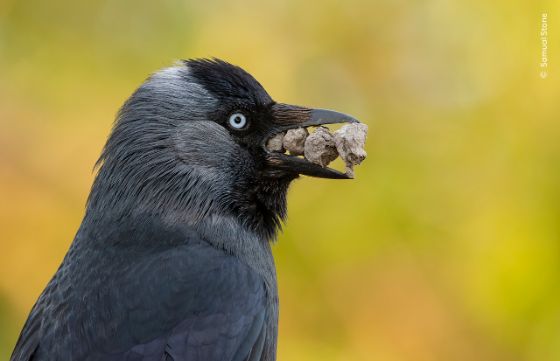Under the link below you will find an overview of media pictures. Please contact the press office if you require high-resolution images for print or online, we will be happy to send them to you.Please note the terms and conditions of the Natural History Museum, London.
Media images
Wildlife Photographer of the Year

The competition Wildlife Photographer of the Year aims to highlight the beauty and diversity as well as the fragility and vulnerability of nature and the creatures with which we share our planet.
© Bettina Matthiessen
-Bettina-Mathiessen.jpg/jcr:content/2024%20Naturhistorisches%20Museum%20Basel%20Wildlife%20Photographer%20of%20the%20Year%20167(c)%20Bettina%20Mathiessen.jpg)
From over 59,000 entries submitted to this year's Wildlife Photographer of the Year competition, 100 pictures particularly impressed the jury. Grand Title Winners are Shane Gross, Wildlife Photographer of the Year 2024 and Alexis Tinker-Tsavalas, Young Wildlife Photographer of the Year 2024.
© Bettina Matthiessen

A manatee mother-and-calf pairs swim in the Crystal River, an algal bloom caused by agricultural runoff led to a decline in the eelgrass beds that the manatees eat.
© Jason Gulley, Wildlife Photographer of the Year

The award-winning nature photographer Jiří Hřebíček, who lives in Basel, is not only awarded for his picture in the competition Wildlife Photographer of the Year, but is also the winner of the category Natural Artistry.
© Jiří Hřebíček, Wildlife Photographer of the Year

A toat jumping mid-air in the snow, is it an ‘expression of exuberance’ or caused by a parasitic infection?
© Jose Manuel Grandío, Wildlife Photographer of the Year

Jackdaws build new nests each year, from all sorts of materials: twigs, branches, feathers, wool, moss, mud and animal dung. This one kept adding rocks to his nest.
© Samual Stone, Wildlife Photographer of the Year

Sea seals have fallen asleep with the tips of their nostrils at the water’s surface in the Weddell Sea.
© Tamara Stubbs, Wildlife Photographer of the Year